Word Recognition Fluency
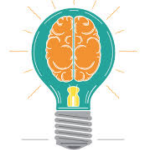 Word Recognition Fluency
Word Recognition Fluency
In order to comprehend text, readers need sufficient working memory to draw out the meaning from the words they read. In their information-processing model of automaticity, LeBerge and Samuels (1974) explained that mastering reading sub-skills (such as rapid word recognition) to the point of automaticity allows readers to use their cognitive capacity to attend to the meaning of what is being read. Slow, effortful word recognition inhibits reading comprehension because it consumes the working memory needed for understanding the content of the text (Begeney, 2013).
How BrightFish Reading Builds Fluency
BrightFish Reading breaks down each passage to word level. Students work on visual match and sound match activities, moving from one and two-letter words up to the most difficult words in the passage. For each response, the BrightFish system measures accuracy and speed. Students must demonstrate automatic recognition of each word before moving forward to higher levels of difficulty.
Unique to BrightFish Reading is phrase fluency, where students demonstrate rapid and accurate processing of short phrases from the passage.
When students complete the fluency series of activities, they have mastered every word in the passage they are about to read.
Vocabulary Practice
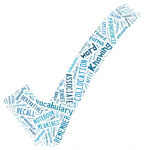 Vocabulary Practice
Vocabulary Practice
Researchers estimate that struggling readers have only about one-third of the vocabulary of their proficient peers. Many of these students start school with a limited vocabulary and it’s a deficit that grows over time.
Richer vocabulary has a positive impact on both fluency and comprehension. Knowing more words leads to more accurate, fluent reading while understanding their meaning is necessary to comprehending text.
Quality vocabulary instruction means providing word definitions and giving students experience applying their meaning in multiple contexts. Using words in sentences, redefining them and classification are key strategies for building a stronger vocabulary.
How BrightFish Reading Develops Vocabulary
Words that are important to the meaning of each passage are taught explicitly so that when seen in context they are understood. Images and short animations help students visualize the meaning of the words. Students learn the definition of each word, see examples of usage, sort similar and opposite words and use the words in a sentence writing activity. This explicit instruction ensures that when a word is encountered in the text, students will automatically recognize the word and its meaning.
Comprehension Skills
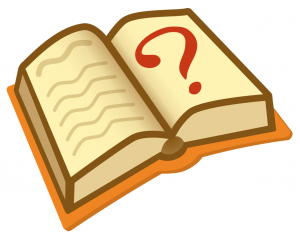 Comprehension Skills
Comprehension Skills
Comprehending text is the ultimate purpose of reading. The goal of reading instruction, then, is to help students develop the ability to draw meaning from print. Proficient readers employ a range of skills and strategies in a coordinated effort to construct an understanding of text (NRP, 2000; Harris & Hodges, 1995).
Explicit instruction along with extensive, scaffolded practice in the use of comprehension strategies, both at the surface level and at a deeper cognitive level, produces improvements in reading comprehension in both younger and older students (Pressley, 2000). As with any complex cognitive skill, it is through practice that the learner develops expertise (Kuhn & Stahl, 2002)
How BrightFish Reading Builds Comprehension
After working on key vocabulary, students focus on the facts and details contained in a passage of text. Students work with short sections of a passage and answer surface-level comprehension questions called “during reading” activities. Students’ working memory is now available to deal with answering specific questions about what the author is writing about. With repeated exposure to the text from simple words to now facts and details, the meaning of the passage becomes accessible. Students are ready to move to the real goal of reading – to derive deeper meaning.
In post-reading activities, students are asked to think about connections, cause and effect, author’s purpose and literary features. This is the level of comprehension teachers strive to achieve in all their students. Brightfish Reading completes students’ learning with a series of high-level comprehension questions that feature graphic organizers and free-form writing to complete students’ internalization of the meaning of a text. Once completed, each student fully comprehends the text at grade level.
Connected Text Fluency
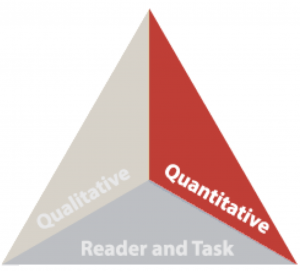 Connected Text Fluency
Connected Text Fluency
A significant number of students that struggle with reading have issues demonstrating fluency (Duke, Pressley, and Hilden, 2004, Rasinski, 2008). A critical component in the development of reading fluency includes repeated practice with connected text - phrases, sentences, and short passages - supported by modeled fluent reading (Rasinski, 2008).
The goal isn’t necessarily to read quickly, but rather to read a connected unit of text with prosody and understand the meaning embedded in the text. Fluency acts as the necessary bridge between rapid word recognition and comprehension. For students lacking fluency with connected text, reading for meaning is unlikely.
How BrightFish develops connected text fluency
Repeated practice with phrases, sentences, and short passages helps students increase their fluency. Students get multiple exposures to common words and phrases across stories, as well as structured practice with leveled passages.
Audio support enables students to hear a fluent modeled reading of paragraphs and full passages. Live voices are used (never text to speech) to hear the cadence and expression of fluent reading.
Deep Learning
 Deep Learning
Deep Learning
Meaningful reading must go beyond a surface-level comprehension of text. For deep understanding, students need to make connections between new information and prior knowledge. Making this connection enables learning to stick. Given the brain’s limited cognitive capacity, many students are unable to process information at this level - especially if other essential reading skills are less than automatic (Sweller, 1999). However, the amount of cognitive demand placed on the reader can be reduced by employing different modes of instruction (Ellis, 2008).
According to the Dual Coding Theory (Palvio, 1986), memory consists of two separate but interrelated information processing systems - an image-based system and a linguistic-based system. When new information is presented in both codes (visual and verbal) it is more readily processed and stored. With both a visual and a linguistic memory unit associated with the information, it is both easier to retrieve and retain (Saavedra, 1999). Language-based visualization tools such as graphical organizers help to dual code information to reduce cognitive load and free up working memory to process new information (Adcock, 2000).
How Brightfish Reading enables deep learning
BrightFish Reading helps students develop a deeper understanding of text through a variety of mechanisms. Multimedia support, such as images and video, enable students to visualize word and concept meaning.
Read-aloud and audio options reinforce learning of new words and concepts. Graphic organizers in vocabulary and comprehension activities are used to dual code information and make connections.
Gamification & Rewards
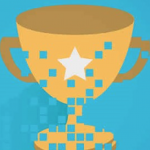 Gamification & Rewards
Gamification & Rewards
Struggling students need motivation to practice and improve their reading. Chernoff and Csikszentmihalyi (2010, 2012) studied the importance of student engagement in optimal learning environments. Their recommendations include activities that are challenging, relevant and allow students to feel confident and in control, promote concentration and enjoyment, and are intrinsically satisfying in the short term while building a foundation of skills and interests.
Game theory techniques are being applied to increase student engagement and facilitate learning. Concepts borrowed from gaming are used to keep students motivated, such as immediate feedback, increasing levels of challenge, mastery, and progress indicators to track results and earn extrinsic rewards.
How BrightFish Reading Incorporates Game Play
Gamification strategies are built into BrightFish Reading to keep students striving to meet goals. While the ability to tackle content previously out of reach is a powerful reward, students respond to the collection of points redeemable for “game time” in the program. All game play is earned and learning-based.
The BrightFish system acknowledges student responses with descriptive positive feedback (to help students understand why the answer is correct) or instructive corrective feedback (so that students understand why they are incorrect). Students can track their progress against learning goals and collect certificates and badges for completed work.
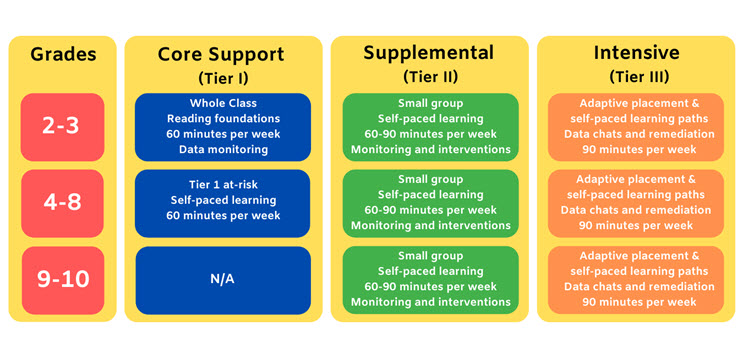

 Word Recognition Fluency
Word Recognition Fluency Vocabulary Practice
Vocabulary Practice Comprehension Skills
Comprehension Skills Connected Text Fluency
Connected Text Fluency Deep Learning
Deep Learning Gamification & Rewards
Gamification & Rewards